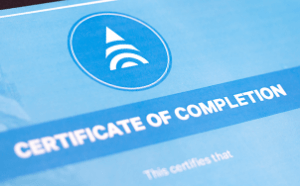A number of different standards worldwide help guide manufacturers, purchasers and users in the design, manufacture, selection and operation of IS radios. This course will help you to interpret these standards, based on their location in the world, and the environment under which the IS radios will be used.
Important: This course does not enable you to assess hazardous locations. Area classification must only be performed by authorized personnel who are qualified to make that assessment.
The course will, however, help you understand what the different ratings mean, introduce the different global regulations, and increase your understanding of Intrinsically Safe communications.
The following Intrinsically Safe lessons will be lead by Stuart Colsell, a Senior Systems Engineer at Tait Communications.
Course syllabus
Lesson 1: An overview of common I.S. standards
A number of different standards worldwide help guide manufacturers, purchasers and users in the design, manufacture, selection and operation of IS radios.
Lesson 2: Locations and Labels
These three videos explore the different regulations and labels used around the globe.
Lesson 3: Applying Intrinsic Safety
This last lesson looks at practical tips and applications for Intrinsically Safe in the real world.
Lesson 4: Final Assessment
Once you have completed all the lessons, you can take this final assessment to earn a Tait Radio Academy certificate for Introduction to Intrinsically Safe Radios course.
 Radio Academy
Radio Academy




